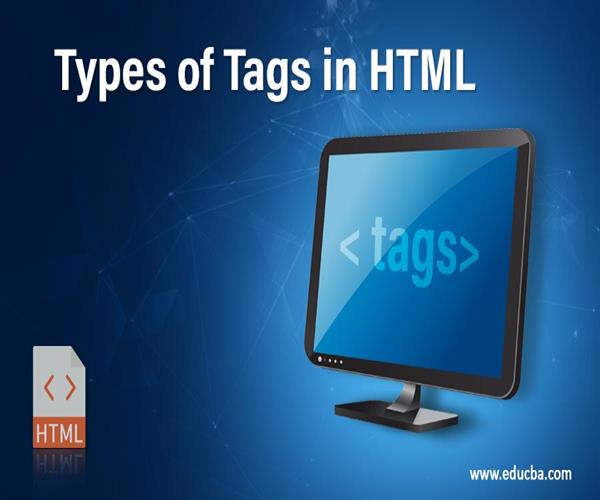Tags are an important part of SEO and web marketing. They are used to divide content into categories, making it easier to find and navigate. They also help search engines determine what a page is about, which can help the page rank higher in search results.
The four main types of tags are Meta Tags, Heading Tags, Alt Tags, and Anchor Tags.
Meta Tags: Meta tags are HTML tags that provide search engines with additional information about the content of a webpage. These tags are placed in the <head> section of a webpage and are not visible to viewers. Meta tags usually include the page’s title, a brief description of the page, and keywords relevant to the content.
Heading Tags: Heading tags are used to organize content into sections. These tags are placed in a webpage’s HTML code to denote where a heading or subheading begins. They are also visible to viewers and are used to give structure to a website’s content. Heading tags range from H1, the most important, to H6, the least important.
Alt Tags: Alt tags are used to provide an alternative description of an image. Alt tags are especially important for visually impaired viewers and search engines, as they give insight into the content of an image. If a tag is not present, viewers and search engines will not be able to understand the content of an image.
Anchor Tags: Anchor tags are used to link to other webpages. These tags are placed in the HTML of a webpage and tell search engines where to go when a viewer clicks on the link. It is important to use anchor tags to link to related content, as this can help improve a webpage’s ranking in search results.
Tags are an important part of SEO and web marketing. They allow viewers to easily navigate content and help search engines determine the relevance of a webpage. By using the right tags, webmasters can improve their website’s visibility and search engine ranking.

In the context of web development, tags are elements of HTML (HyperText Markup Language) or XML (eXtensible Markup Language) that are used to define the structure and content of a web page.
Here are four examples of tags:
<p>: The <p> tag is used to define a paragraph of text. Any content placed between the opening <p> tag and the closing </p> tag will be treated as a paragraph.
<h1>: The <h1> tag is used to define the most important heading on a web page. The content placed between the opening <h1> tag and the closing </h1> tag will be rendered as a large, bold heading.
<img>: The <img> tag is used to insert an image into a web page. The src attribute is used to specify the source of the image, and the alt attribute is used to provide alternative text for the image, this appears if the user is using a screen reader if there is no image available.
<a>: The <a> tag is used to create a hyperlink to another web page or to a specific location within the current page. The href attribute is used to specify the destination of the link, and the content placed between the opening <a> tag and the closing </a> tag is usually displayed as a clickable link.
These are just a few examples of the many different tags that are used in HTML and XML..